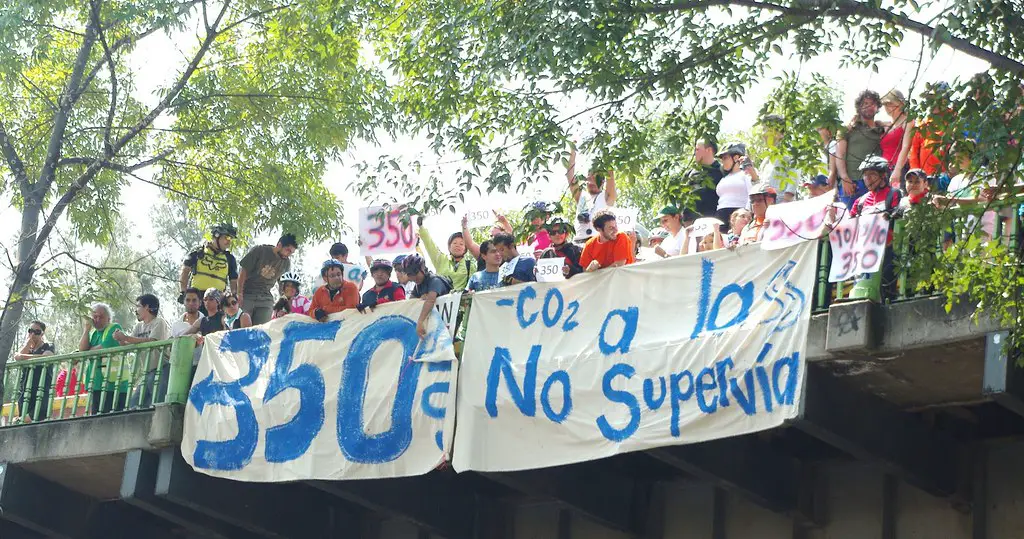Squatters in empty property are not the problem. The problem is not putting empty properties to better use. Properties lie empty and are not being used effectively. The opening paragraph of a guide produced by Property Week and Aviva, which advises on how property owners can protect themselves against squatters, suggests that “squatters can use unlet shops to sell knock-off gifts in the run-up to Christmas” and “even home in London’s Mayfair are not exempt, although the squatters there call themselves ‘artists’.
There is no evidence given in the guide which supports the idea that squatters use unlet shops to sell fake products. I also wonder why anyone would go through the trouble and inconvenience of using an empty shop to do so. I wonder what reason there is that empty homes in Mayfair should be exempt from squatting. I do not understand why size or perceived “market value” should make any difference that an empty property is underused. And what evidence is there that the squatters of empty homes in Mayfair are not artists?
Two prominent collectives that have squatted high profile Central London buildings include the Temporary School of Thought and the Oubliette Arthouse. The Temporary School of Thought occupied 39A Clarges Mews in January 2009. It provided ‘a weeklong Free School event in a pretty unusual location, put together by a group of artists and activists.’ ‘The programme [ranged] from welding to bookbinding to the history of Situationism.’ Dougald Hine, founder of Space Makers Agency and collaborator with the School of Everything did a talk about Ivan Illich and ‘De-schooling Society’ and Vinay Gupta, inventor of the Hexayurt, a cheap, simple, open source shelter that has been applied by emergency relief NGOs, gave a lecture on infrastructure. PSFK, an innovation and ideas agency, reported the Temporary School to be ‘dedicated to the admirable ideals of mutual learning and skill sharing rather than making money.’
Londonist had this to say about the Temporary School:
What do you do with five floors of long-abandoned Mayfair luxury, complete with hand painted Chinese wallpaper and a warren of servants’ quarters? Tidy the place up, for starters. Then launch your own school. In its first week of ephemeral existence, the Temporary School of Thought has run on a packed timetable of open events, covering subjects from cooking and dance to Polish history and traditional French book binding.
Londonist went on to add, ‘over the course of the evening, students became teachers, and enough visitors signed on to lead workshops in their fields of expertise to carry the school forward for weeks to come.’ Some great photos from Amanda Farah are here.
There is also the Oubliette Arthouse, which describes itself as ‘an itinerant autonomous arts group based in London, showcasing bold new work by squatting long-term empty properties.’ The group develops ‘high quality events that showcase emerging artists and provide a platform for new work, have hosted visual, three-dimensional, performance and music based works as well as charity fund raising events.’ Founded in April 2009, in a disused English language school in Waterloo, the group has occupied prominent buildings in Mayfair, W1, and SE1 in London. They are presently resident in a 1888-built former Welsh Presbyterian Church in Soho, which is better known for being a super-club called Limelight and most recently a Walkabout Pub. The building itself has been through significant change as demand for activities taking place inside it declined with changing times. Oubliette’s residency draws attention to the underuse of such large, historic buildings and rather than create problems or damage the property, they manage it and animate with new activities and experiences available to the public to enjoy.
There are many more empty buildings being put to use by creative groups, artists, thinkers, and squatters. The two mentioned in this article drew attention due to the high-profile nature and Central London locations of the buildings they squatted.
In the guide, Simon Martell, business manager for Aviva’s property owner’s insurance team says:
We’re faced with situations where the property owners don’t have the finance or the ability to put money into developing, renovating, or speculative lets. They won’t commit money if they think they are more likely to get better investment returns elsewhere.
Herein lies a problem. Property owners cannot develop the empty properties for the use they would like to see for the buildings. However, squatters, creative groups, social enterprises, and community organisations are not short of ideas for empty properties. So why the disconnect? Why not let a property be used by people who have a demand, need, or desire to do so? Just because the use is not the use intended by the owner, doesn’t mean it is not a valid use. In many cases, the outcomes and return are something other than a financial return to the owner – a social return to the occupiers, the wider community they reach and the general public. Why should this be a problem for property owners?
I would like to see an enlightened property industry think again about paying significant sums for security systems and instead be aware that creative, cultural, social enterprise, and community uses are an alternative for discovering a new life for a disused property and for protecting and managing properties to prevent their deterioration. Although this is unlikely to yield a financial return to an owner immediately, it may translate into new, longer-term, more sustainable solutions.
Bonnie Foley-Wong is founder of Composition Advisory Limited. Bonnie has written articles for the Green Door Project and London’s The Blog Paper. She blogs about the built environment, sustainability and communities at Look up, Look Around.
Photo: loopzilla


